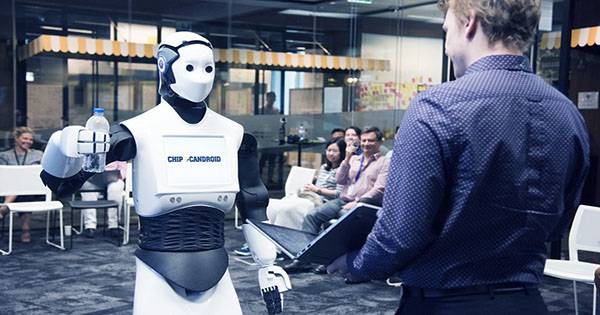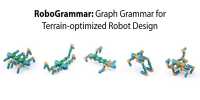You can run, you can hide, but robot overlords are probably still coming for all of us. In fact, you can’t really drive anymore. A huge leap forward for autonomous robots, the Cassie running robot completed a full 5 km (3.1-mile) run in 53 minutes, becoming the first two-way robot for machine learning to control outdoor running movements. Researchers at Oregon State University and Agility Robotics have developed the robotic pair that can open the door to new animal- and human-inspired machines on foot.
Jonathan Hurst, the co-founder of Agility Robotics, said in a statement, “Students in the Dynamic Robotics Laboratory at OSU College of Engineering learn the integrated skills of existing robot control methods with biomechanics and new machine learning tools. “This kind of holistic approach will enable animal-like performance. It’s incredibly exciting.”
Cassie was created as an open platform to develop day-to-day mobility, although it was able to perform many tasks on a daily basis, and in this combination, Cassie was thrown into a huge number of different fields. Now, despite not being available for sale anymore, it appears Casey is still good enough for a challenge and recently trained and completed a run on a single battery. Honestly finishing in 53 minutes and 3 seconds, Casey could have done it much faster if the two waterfalls hadn’t caused some forced rehabilitation (due to an overheated computer and an attempt to turn around too fast). What makes Kitty so impressive is that Casey learned to walk on her own, using only machine-learning, and failing to achieve the balance and gait needed for extended runs.
With this algorithm, researchers are accelerating the rate at which bipidal robots can surpass the external environment, which can have a huge impact on search and rescue, package delivery, and more. “In the very near future, everyone will see and interact with robots in different parts of their daily lives, robots that work alongside us and improve our quality of life,” Hurst says. Casey and Digit now join Boston Dynamics’ ‘Atlas Robot’ and countless other binary robots in development, including Caltech’s Leonardo, which relies on thrusters to keep itself afloat.















